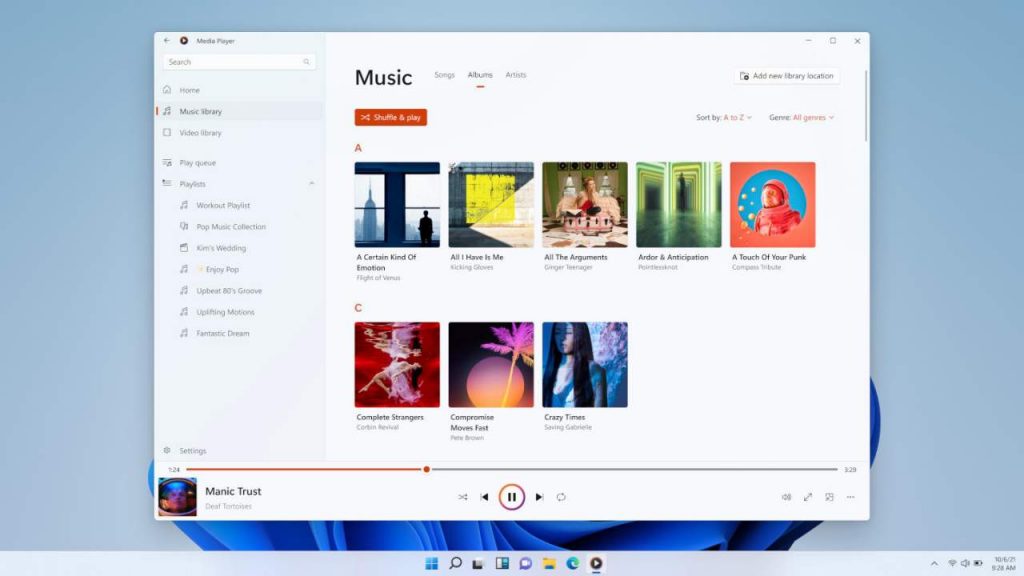
Like any other operating system, Windows has always come with its set of first-party utilities for the most basic needs, from calculators to media players to drawing tools. Most of these haven’t seen any notable update in years, possibly decades, like the venerable Microsoft Paint that has remained the same since 2012 until recently. It seems that the next “old” app to get a facelift will be Media Player, which will finally become Windows’ unified audio and video player once again.
To some extent, Windows Media Player was almost Microsoft’s answer to Apple’s iTunes. More than just a simple music or video player as its name suggested, it also offered some facilities for managing media collection, album cover art, and the like. In Windows 10, however, Microsoft introduced a dedicated Groove Music app and pushed WMP, as it was nicknamed, to the background.
Now, however, the tables have turned, and Microsoft is announcing a new Windows Media Player, simply called Media Player. As you’d come to expect, the UI has been updated to embrace the company’s Windows 11 design language, which means the app’s appearance will adapt to light and dark themes. Its basic layout, however, is more reminiscent of Groove Music than the old-school Windows Media Player, at least when it comes to browsing your media collection.
That collection can come from anywhere, though only local files are guaranteed to be supported at the moment, with a fix for playback of media on network locations is promised to come at a future date. Other included features include album art and artist imagery both in full screen and mini-player views, support for keyboard shortcuts, and accessibility improvements, just to name a few.
The generic-sounding Media Player will be replacing Groove Music once it’s available, and music collections will be automatically migrated when that happens. The old Windows Media Player will still be around but will be pushed further back as part of the Windows Tools collection. At the moment, the new Windows 11 Media Player is still in testing, with no word on when it will be made available to all users and if it will be made available to Windows 10 PCs.

